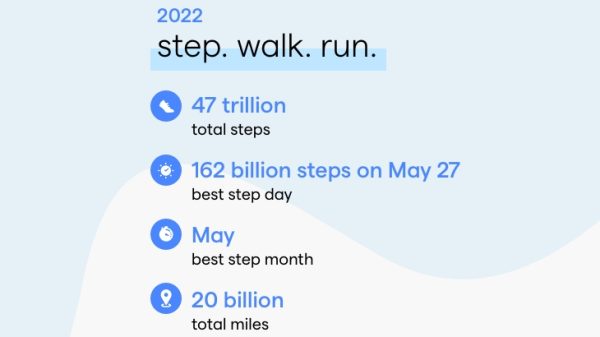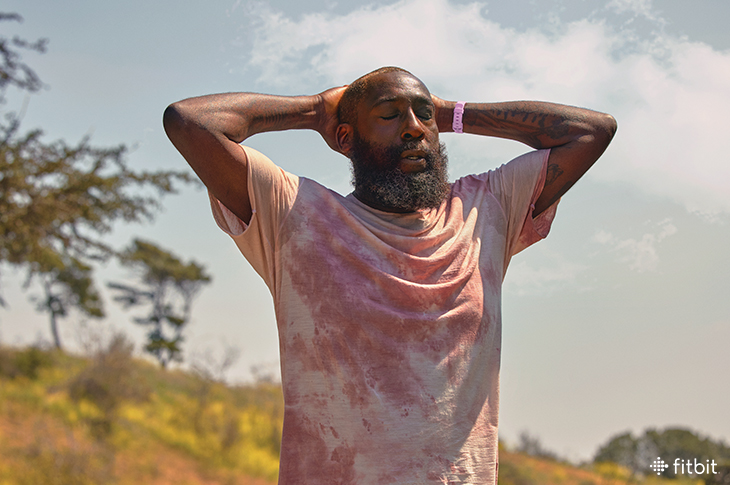As a top trending activity last year, reverse running is picking up speed in the fitness world. Lauded as a way to reduce the potential for common runner injuries, burn more calories, and improve posture, this technique is set to unlock a plethora of benefits just by putting your legs in reverse. Done right, reverse running can add variety to a routine and level up any workout!
Simply put, reverse running is running backwards. It may also be called retro-running. In any case, it is the opposite of the standard, forward technique that we all know. Reverse running can be performed outdoors or indoors, but each environment comes with specific precautions for the safest journey.
Here are a few things to know before you give it a go.
Is reverse running safe?
It can be—but it takes focus, practice, and the right technique. Since we don’t have eyes in the back of our heads and the shift in perspective can affect balance, running backwards can increase the risk of falling and other causes of injury.
However, “Reverse running is safe to perform as long as certain conditions are used,” says Melissa Prestipino, doctor of physical therapy and owner of Maize & Blue Rehab in Sparta, New Jersey. As such, it’s best to first learn how to run backwards and get your bearings on a track or another level and predictable surface. With the risk of stumbling over rocks or potholes and other trip hazards removed, you can train your body in the movement to help reduce the risk of injury.
Benefits of running backwards
Though it’s currently trending, reverse running is not a fad. There’s research to support the merits of running backwards. One key benefit is how reverse running engages and accentuates muscles and muscle groups not typically used in forward running or other physical activities. This can reduce the pressure on overused muscles in regular runners. And there’s more:
Elevated energy expenditure. As it’s an atypical motion, reverse running requires the muscles to work harder, requiring more energy. A study in Proceedings Biological Findings found that running backwards can achieve higher calorie burn to the tune of about 30 percent more than regular running.
Injury recovery. Reverse running may be a way to help those with running injuries to get back on track. Prestipino notes, “runners experience many injuries due to repetitive strain, using forward technique.” She further explains that running backwards may help your body adjust since it places emphasis on different muscle groups, ligaments, and tendons.
Because of this, backward running is often recommended for people with knee injuries. A study in the Journal of Biomechanics found that backwards running may put less pressure on knee joints when compared to forward running. As with any activity, check with a health professional to determine what type of activity is appropriate for your body.
Better posture. Reverse running is a practice in perfecting posture. “Yes, reverse running requires you to keep good posture, standing more upright so that your spine is more supported by all the surrounding muscles,” explains Dr. Prestipino. This might also help promote better balance when performed successfully and regularly.
Beats boredom and burnout. Adding reverse running to your regimen may make your workouts more interesting since it adds variety and presents a different challenge.
While reverse running can be done safely, there are some additional risks.. Besides the risk of falls and other injuries, running backwards will inevitably slow down your speed a bit. And because you still need to see where you’re going, you’ll tend to twist around, which can impact the neck and spine over time—so reverse running is not recommended for extended periods of time.
Getting started and precautions to take
Adding reverse running to your routine can be a win! Keep in mind, it’s best to start small.
Start on a level surface, such as an indoor or outdoor track. Using a treadmill is another option. It offers handrail support, but it’s important to be mindful of the speed. If you opt for a treadmill, go slowly. Use a speed you can keep up with. Dr. Prestipino warns, “If you go more quickly than your running stride can handle, you might lose your balance or cause yourself to fall.”
Instead of setting out to run many miles or the same mileage you’d usually go forward, fitness experts suggest adding quick intervals to your regular routine. You might start with an interval of just 30 seconds at a time and increase your time or frequency and duration from there.
Once you’re feeling confident in your ability to run backwards on a level surface, you can kick it up a notch by running backwards uphill, or what’s called retrograde running, for more of a challenge.
In any event, keep safety in mind. During winter months or when there’s a risk of rain, ice, snow, or other inclement weather, it’s essential to use an indoor surface for safety. Wear supportive running shoes with good tread or cross-training shoes for short runs. If it’s time to upgrade or replace your old running shoes, do so before attempting to add reverse running to your workout routine.
The post Reverse Running: What to Know Before Giving It a Go appeared first on Fitbit Blog.


























